Description
The objective of this book is to present methods of power system analysis and design, particularly with the aid of a personal computer, in suficient depth to give the student the basic theory at the undergraduate level. The approach is designed to develop students thinking processes, enabling them to reach a sound understanding of a broad range of topics related to power system engineering, while motivating their interest in the electrical power industry.
One of the most challenging aspects of engineering education is giving students an intuitive feel for the systems they are studying. Engineering systems are, for the most part, complex. While paper-and-pencil exercises can be quite useful for highlighting the fundamentals, they often fall short in imparting the desired intuitive insight. To help provide this insight, the book uses PowerWorld Simulator to integrate computer-based examples, problems, and design projects throughout the text.
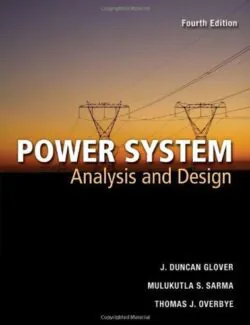
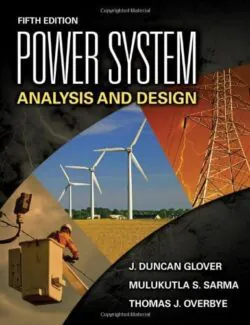
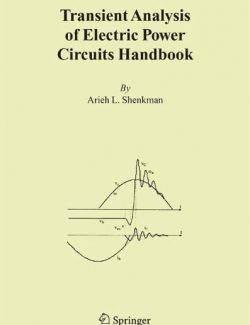
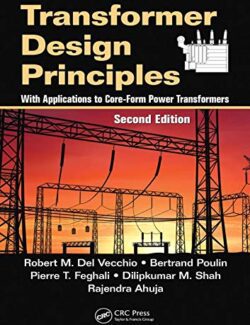
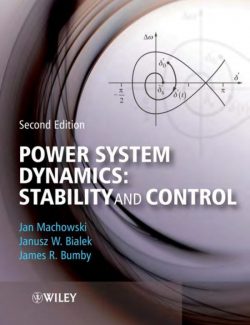
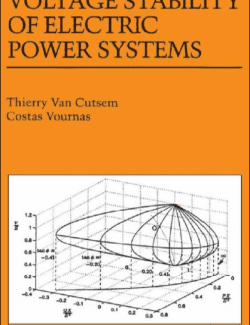
Leave us a comment
No Comments